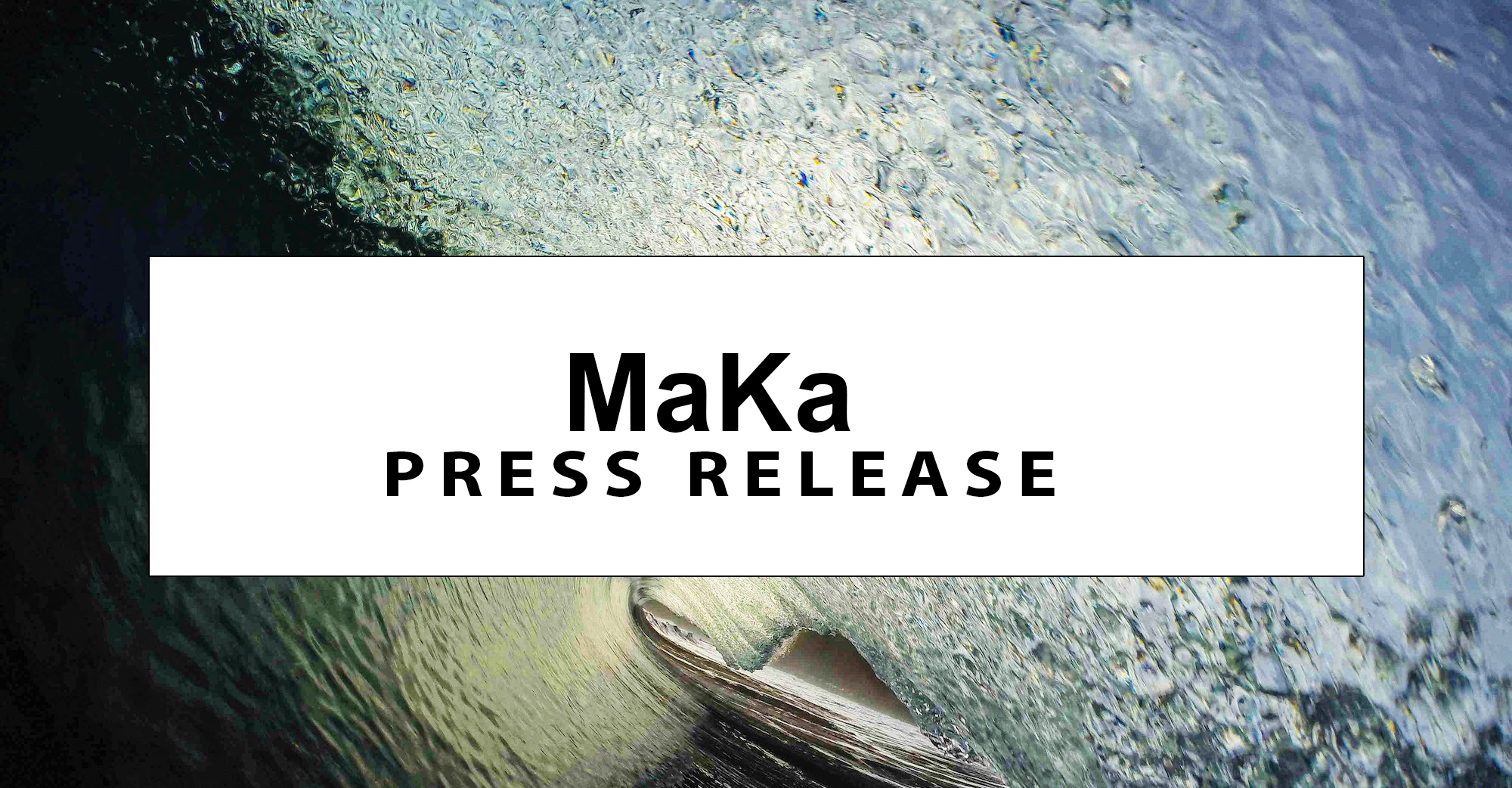FOR IMMEDIATE RELEASE
Mālama i ke Kai ʻo Waipiʻo seeks to negotiate ocean access. Invites Support.
Honokaa, Hawaii- MaKa invites everyone who supports Ocean Access at Waipiʻo to meet peacefully in Kapu Aloha at the Waipiʻo Valley lookout this coming Saturday, October 1 @ 10am. We are asking attendees to wear blue to show your love for the ocean. More information to follow on our instagram.
The assertions and actions by the Protect Waipiʻo Valley Group, which denies Native Hawaiian and Hawaiʻi Island residents access to the ocean; is concerning and a violation of constitutional rights. Ocean access is vital to the health of our communities and is a protected right. To base public ocean access on land ownership sets a dangerous precedent for like-minded individuals who look to privatize certain areas of the island.
While Mālama i ke Kai ‘o Waipiʻo (MaKa) understands the need to manage human impacts and has supported the Protect Waipiʻo Valley Group’s stance to halt tour van access into the Valley during this Emergency Proclamation, many recent land sales in the valley have been to out-of-state buyers who will have access over Native Hawaiians and local families under the rules that the Protect Waipiʻo Valley group is proposing.
MaKa understands the decision to not allow tourism. However, we do not support blocking Native Hawaiians and kama’āina access to the ocean. We agree that expanded education to our greater population is crucial to properly continue to mālama Waipi’o.
On August 26, MaKa reached a mediated agreement with the County to amend the Mayor’s Emergency Proclamation issued on February 25, 2022. This agreement allows Native Hawaiian’s and Hawaiʻi Island residents access to the county road that descends to the valley floor. For the first time ever, this Amendment allows for managed access to Waipiʻo by Hawaiians and local residents while exponentially lowering the number of visitors entering the valley on a daily basis. Despite this achievement, the group Protect Waipiʻo Valley has blocked the county road and called police officials on Native Hawaiians and local ‘ohana attempting to access the ocean. “There were others on the beach with land ownership who were not targeted [by police]”, says Valerie Goo, a Kukuihaele resident who attempted to access the ocean with her grandchildren.
“I have practiced Kaha Nalu (bodysurfing) for 45 years,” says Patrick O’Leary, a Hawaiian and member of the group MaKa. “Surfing is a cultural art form that is inseparable from any other cherished Hawaiian cultural tradition. Traditional forms of wave riding are an integral part of our ancient and modern culture and deserve to be protected and celebrated, not erased or outlawed. Our ancestors invented the art of surfing in these ocean waters, and surfing has been our gift to the entire world. I find it incredibly ironic that while surfing is celebrated on every coastline in the world, a group of people see no value in what we do and are actively trying to prevent Hawaiians from surfing in the most Hawaiian place of all. It is my kuleana to protect ocean access for all future keiki that aspire to be the next Duke Kahanamoku, Eddie Aikau, or Carissa Moore.”
Mālama i ke Kai ʻo Waipiʻo agrees that the increased levels of visitors, both tourists, and locals, accessing Waipiʻo needs to be addressed and a collaborative management plan put into place. This Emergency Proclamation provides no long-term management solution. MaKa hopes to engage with Waipiʻo Valley kūpuna, farmers and ‘ohana in support of this work to mālama ‘āina.
For more information, please visit MaKaʻs website www.oceanaccesswaipio.org. The group is committed to the long-term and sustainable stewardship of Waipi‘o, and welcomes new members.
Mālama i ke kai ‘o Waipi‘o is a community group on the Hāmākua Coast of Hawai’i island. (MaKa) was formed in response to Mayor Mitch Rothʻs Emergency Proclamation issued on February 25, 2022, that cut off access to Waipiʻo Valley to most of our community. Our mission moving forward is to ensure ocean access for Hawai‘i Island residents to perpetuate traditional forms of wave riding, fishing, gathering, and other shoreline activities that sustain a thriving Waipi‘o Valley.

